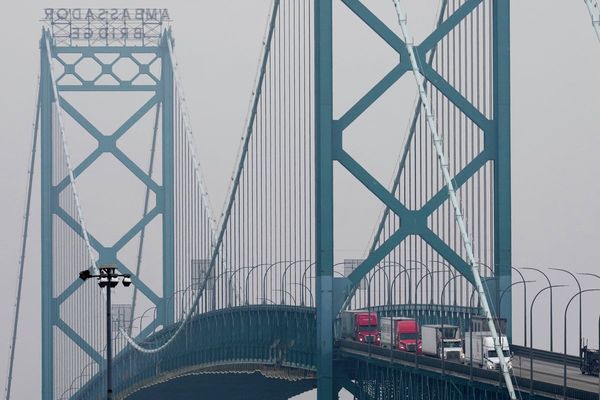Hello, it's Thursday, April 28. Here's what you need to get caught up on today's news.
One thing to know
We heard more about the gangland murder in Sydney last night.
Police say crime figure Mahmoud "Brownie" Ahmad was so embedded in the Sydney underworld he was only ever going to end up in a body bag or back in jail.
Wait, what happened? Ahmad was shot and killed after leaving an associate's home about 9:30pm at Greenacre last night.
What do we know? The 39-year-old had a $1 million bounty on his head and had ignored warnings his life was in danger.
What have police said? That there was a long list of potential suspects for what they called a meticulously planned assassination.
Homicide Commander Detective Superintendent Danny Doherty said it was lucky no-one else was hurt:
"There were other people that were with Brownie Ahmad at the time, not only with him but in the street.
"It's an absolute miracle that no-one else got killed or injured because there was a large hail of bullets that struck Brownie Ahmad and it's amazing no-one else got hit."
We heard more about the Targa Tasmania crash
The Brisbane driver who died last night in the Targa Tasmania car rally has been identified.
In a statement, police named Anthony Graeme Seymour, 59, of Brisbane, as the competitor killed in yesterday's crash.
Seymour, who raced as Tony Seymour, died after his car left the road near Mount Roland in Tasmania's north-west on day two of the event.
His wife, also 59, was the navigator and sustained non-life-threatening injuries.
This is the fourth Targa rally death in two years. It follows more than 20 recommendations made to improve safety last year, including changes to race routes and speed limits.
Motorsport Australia says the circumstances that led to the crash are unclear and it is still investigating.
The news Australia is searching for
- Tesla share price: Shares in the electric car company plunged 12 per cent overnight amid concern billionaire Elon Musk might need to sell some of his stake in Tesla to help pay for his Twitter acquisition
- Ben Roberts-Smith: Lawyers for Ben Roberts-Smith have asked a judge for permission to subpoena the commanding officer of the SAS to give evidence in the war veteran's defamation case. Read the latest on the case here
- Election Australia 2022: You can catch all of the latest election coverage on the Australia Votes page
News you might have missed
- Anthony Albanese will come out of isolation and return to the campaign trail tomorrow following his bout with COVID. The Labor leader said he'll have to "take it more slowly" than normal
- A man accused of running over his ex-wife in Victoria's east in 2018 has been found not guilty of failing to stop and help
-
Victoria's Premier Daniel Andrews has refused to comment on reports that he has been questioned by the state's anti-corruption watchdog over Labor Party culture
One more thing
ICYMI: Yesterday the ABS released the official Consumer Price Index that covered the first three months of this year and the headline number was 5.1 per cent — that was about 0.5 percentage points higher than most economists were expecting.
The question a lot of people have been asking since those numbers came out is: Why will the RBA be raising rates and increase many people's cost of living?
Business reporter Michael Janda has answered this question — check out his article to read it in full — but here are some of his points:
- Economists say that by raising interest rates the RBA is trying to slow down demand
- Rising interest rates mean people with debt have bigger repayments and less free cash to splash, and makes them think twice before borrowing more money to spend on purchases. That's how it reduces demand
- If the demand from customers across the economy exceeds the capacity of businesses to provide those goods and services, then customers start competing against each other to get what they want — which usually happens by paying higher prices
- If prices start rising sharply, workers will want to earn more so they can afford the increasing cost of living and that means wage demands are likely to increase
- With unemployment as low as it is, there is now a better chance that more workers will be able to get their demands
- That then means businesses will face even higher costs and, if demand is strong for their products, they will be able to pass those costs on to their customers through higher prices still.
- … And so the wage-price cycle goes, with inflation spiralling higher
And that's it for now
We'll be back tomorrow with more.
ABC/wires







